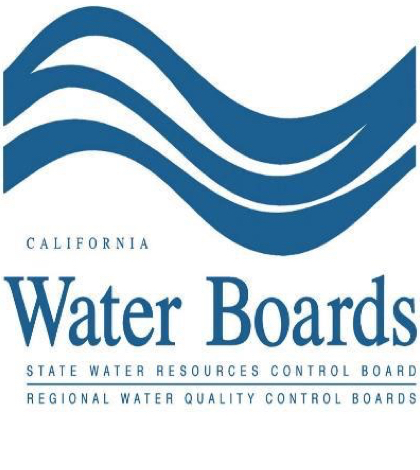The State Water Resources Control Board released June’s water conservation data on Tuesday, the first month without mandatory conservation targets across the state. The June 2016 savings fell to a 21.5 percent savings as opposed to the 27.5 percent savings from the same period in 2015.
Although new regulations took effect in June giving local water suppliers more autonomy to set their own conservation goals based on local supply conditions, the State Water Board has maintained since mid-2014 that it expects suppliers to continue emphasizing water conservation to their customers. This remains a top priority as California enters the summer months, when the opportunity for water savings is greatest.
“Californians have continued to conserve without top down mandates, but the question is whether we can save enough and keep it up for the long haul,” said State Water Board Chair Felicia Marcus. “While last winter’s rains allowed us to ease state mandated conservation, that didn’t mean the drought was over or that local conservation efforts should stop — and we’re looking carefully at the data to see what’s happening where, and why.”
June’s conservation data reflects a state-wide priority in conserving water – just not at last year’s level.
- Statewide water savings for June 2016 was 21.5 percent (143,130 acre feet or 46.6 billion gallons), a decrease from May 2016’s 28.1 percent savings, and also a decrease from June 2015’s 27.5 percent statewide savings (60.6 billion gallons).
- Cumulative statewide percent reduction for June 2015 – June 2016 (thirteen months) is 24.2 percent, which equates to 1,752,918 acre-feet (571.2 billion gallons).
- Statewide average residential gallons-per-capita-day (R-GPCD) for June 2016 was 104.9 gallons; (an 18 percent increase) up from 86.7 R-GPCD in May 2016 and also above 98.1 R-GPCD reported for June 2015.
While local water suppliers may have relaxed water use restrictions that were in place last summer, the statewide prohibitions, from operation of fountains without recirculating pumps, to irrigation of turf in street medians, remain in place. In May, Gov. Edmund G. Brown Jr. issued an executive order calling for new permanent water use efficiency targets for each urban water supplier and for strengthening local Water Shortage Contingency Plans.
The State Water Board regulation also continues the statewide ban on specific wasteful uses, such as hosing off sidewalks, driveways and other hardscapes; washing cars with hoses not equipped with a shut-off nozzle; and watering lawns in a manner that causes runoff. Prohibitions also remain against homeowners’ associations or local governments taking action against homeowners who reduce or stop watering lawns. All state-wide data can be found at: http://www.waterboards.ca.gov/water_issues/programs/conservation_portal/conservation_reporting.shtml.
“Conservation should be the California way of life,” said Marcus. “Some relaxation of conservation in light of the relief we got last winter and other supply conditions is appropriate and expected; abandonment of conservation is not. Saving water now extends local water supplies into an uncertain future, and saves money in the long term on the need to develop additional supplies. In particular, the summer months are the time it’s easiest to save by reducing outdoor irrigation to the minimum needed to water trees and shrubs while letting our lawns go the color of the surrounding hillsides.”
On May 9, Gov. Brown issued an Executive Order requiring the Board to adjust its emergency water conservation regulation through the end of January 2017 in recognition of improved urban water supply conditions across the state and, separately, take action to make some of the requirements of the regulation permanent. The Board adopted the revised regulation on May 18. June was the first month under the revised regulation.
Previously, water agencies had strenuously voiced their objections to the state-wide mandate saying it was costing them lost water sales and millions of dollars, and did not acknowledge the individual circumstances of each agency. Such circumstances include differing climates, population growth and significant investments in new local, drought-resilient water supplies such as wastewater reuse and desalination plants.
 California Water News Daily Your Source For Water News in California
California Water News Daily Your Source For Water News in California


